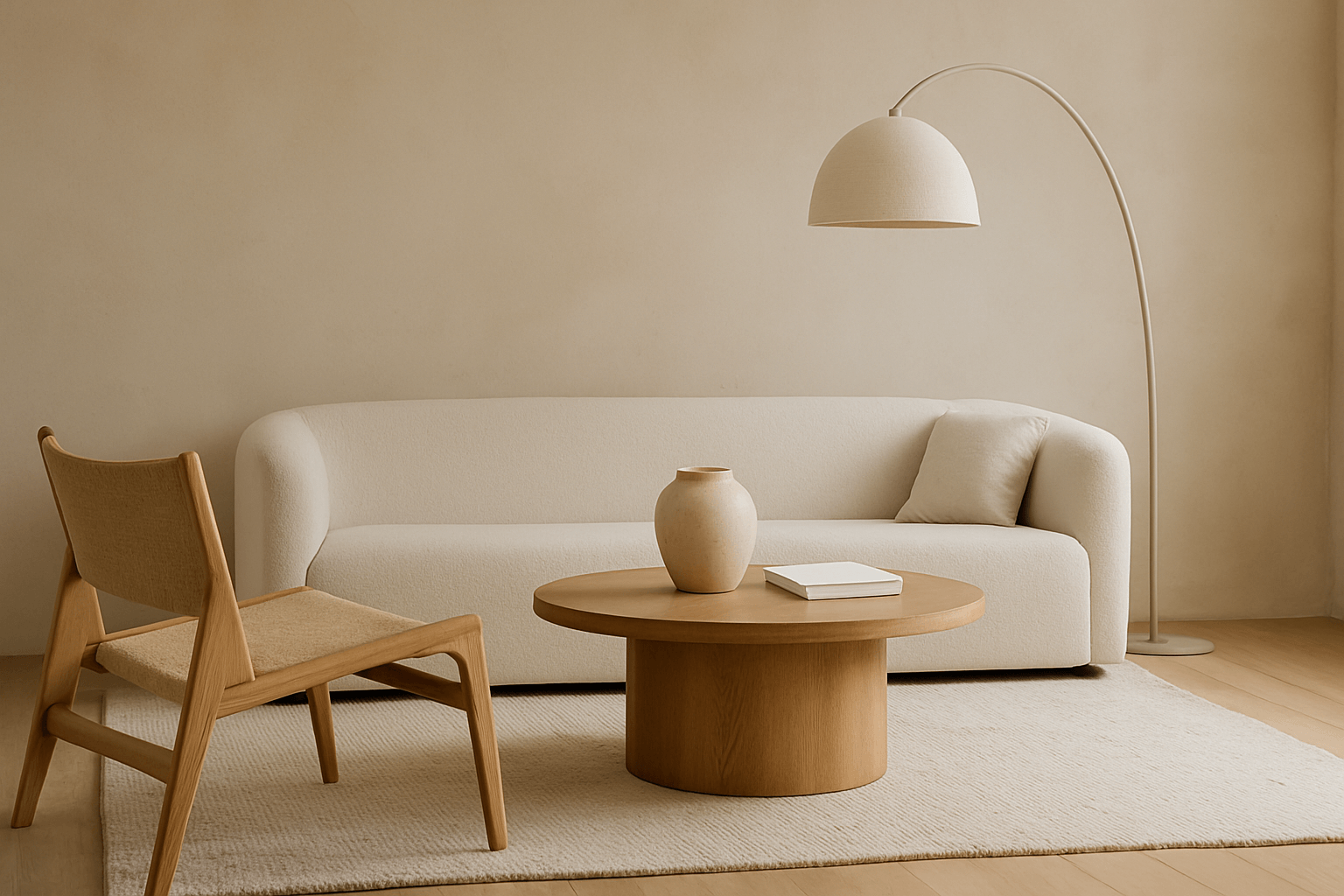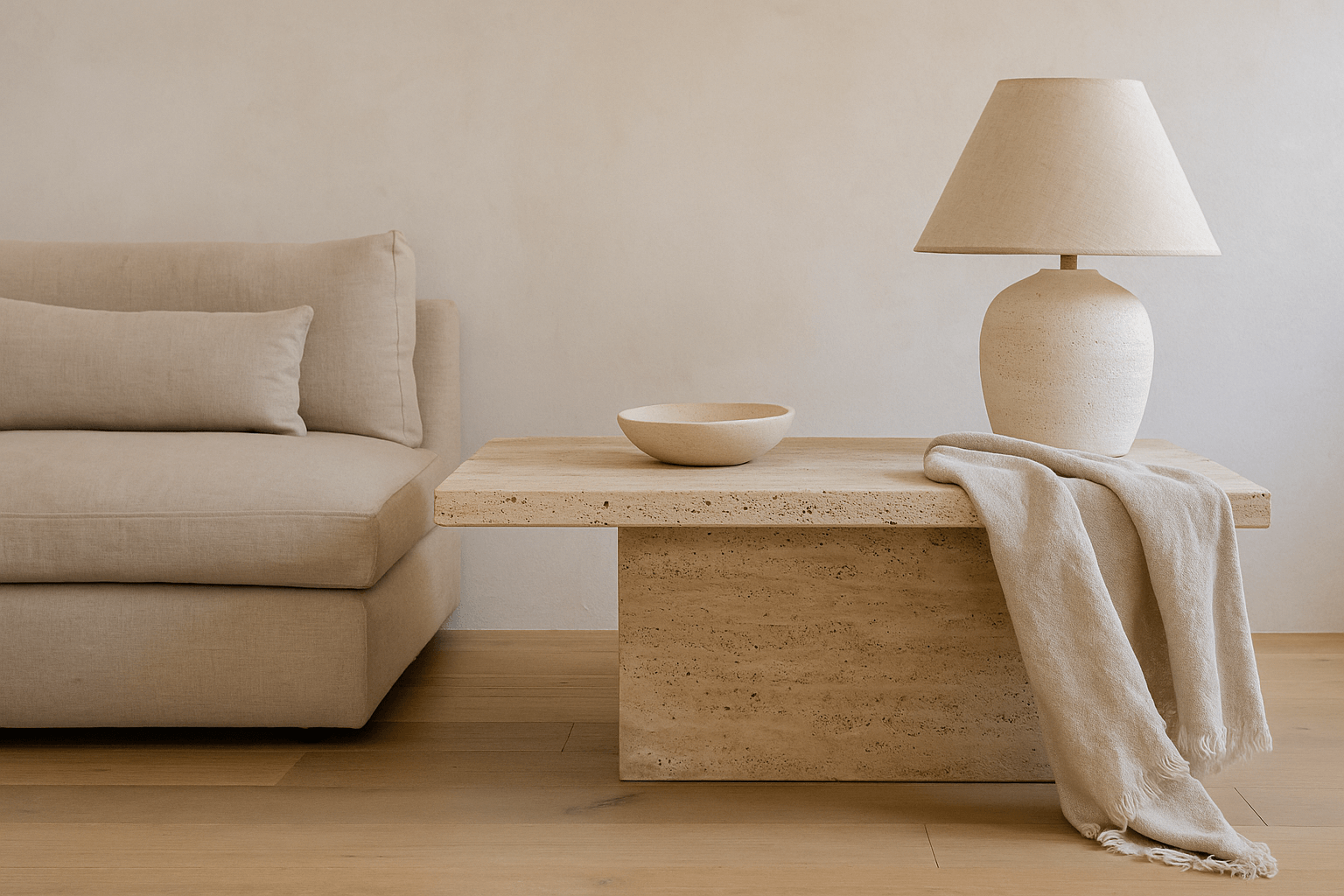The Home as a Place to Exhale
We design homes to hold things. But what if we also designed them to hold air, stillness, and inhalation?
In a minimalist interior, where visual noise is cleared away, the real luxury becomes breath—room to think, move, and feel without resistance.
Designing for breath means creating not just clean layouts, but calm emotional flow.
What It Means to “Design for Breath”
It’s not about ventilation or literal air—it’s about energy, rhythm, and space.
Breath in design looks like:
-
Wide margins between furniture
-
Objects given space to speak
-
Corners that aren’t forced to perform
-
Layouts that let you pause instead of perform
It’s the art of not filling everything—of letting the room exhale.
How to Bring Breath Into Your Minimalist Space
1. Prioritize Flow, Not Fill
Avoid over-styling or over-furnishing. Leave pathways wide, and keep transitions between areas open and uninterrupted.
2. Leave Visual Margins
Think of your home like a page: white space around content helps the eye rest. Don’t crowd walls, surfaces, or floors.
3. Use Light to Create Air
Natural light or soft artificial lighting expands perception. It creates breathing space within corners, walls, and transitions.
4. Anchor the Room, Then Step Back
Start with one central piece—a sculptural light, a calming sofa—and let the rest revolve around it. Don’t rush to fill the space.
5. Let Negative Space Be Active
An empty wall or floor isn’t incomplete—it’s intentional. Breath happens in what you choose not to add.
What This Feels Like
-
Walking into a room and instantly relaxing
-
Breathing deeper without noticing
-
Feeling clarity without needing to organize anything
-
Existing in a space that feels supportive, not demanding
This is the subtle power of designing for breath.
Final Thoughts
A home that breathes doesn’t ask anything from you. It gives. It slows your pace, softens your body, and invites your presence.
Design for what isn’t there. For the pause. The margin. The air.
Because that’s where peace lives.
















